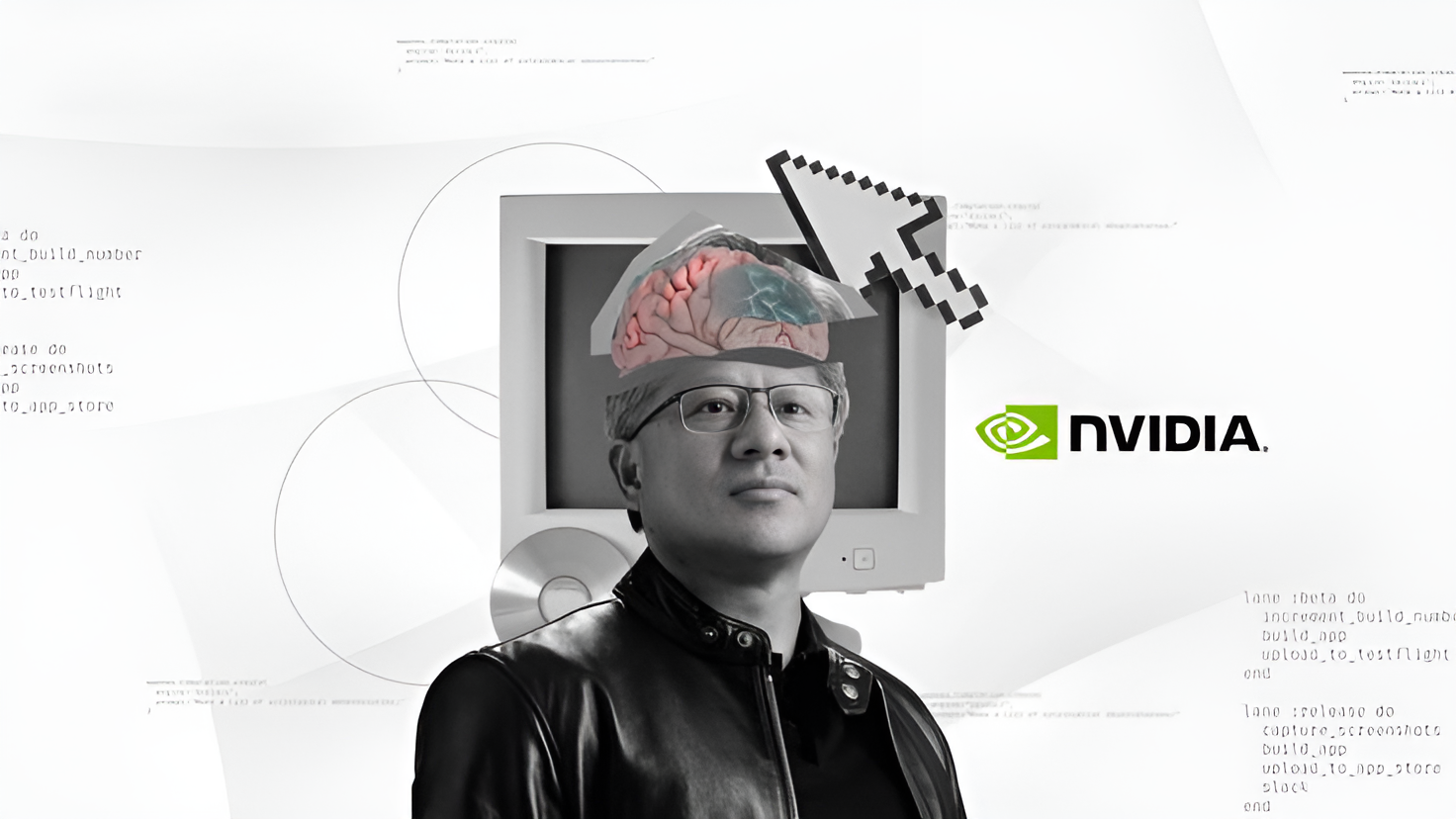Transparent Sessions Now GA in HashiCorp Boundary Analysis Report
5W1H Analysis
Who
The primary stakeholders are HashiCorp, a leading provider in infrastructure automation software, and their user base, which includes IT administrators, cybersecurity professionals, and enterprises that manage privileged access to digital resources.
What
HashiCorp announced the general availability (GA) of transparent sessions within their Boundary product, an innovation in privilege access management. This development allows end users to maintain their workflows and tools without disruption.
When
The announcement was made on 27th May 2025, marking the culmination of ongoing enhancements since the inception of Boundary.
Where
This update impacts global markets that utilize cloud and on-premise infrastructure management, with particularly strong relevance in regions with robust IT and cybersecurity sectors.
Why
The introduction of transparent sessions aims to minimise workflow disruptions, enhancing user experience and productivity by eliminating the need for altering existing tools when adopting privilege access management solutions.
How
Transparent sessions integrate seamlessly into existing systems, allowing users to access and manage resources without altering their operational processes or learning new tools.
News Summary
HashiCorp has launched the general availability of transparent sessions in their Boundary product, a significant advancement in privilege access management. This update allows users to seamlessly utilise existing workflows and tools, eliminating disruptions typically associated with new security software deployments. This innovation marks a pivotal improvement in user-centric design in IT infrastructure automation.
6-Month Context Analysis
Over the past six months, the rapid advancement in privilege access management solutions has been evident with several key players enhancing features to accommodate seamless integration into existing IT frameworks. HashiCorp's release of transparent sessions is part of a broader trend towards user-friendly cybersecurity measures, a response to user feedback prioritising minimal operational disruption.
Future Trend Analysis
Emerging Trends
This development suggests a shift towards more seamless integration of security solutions, focusing on transparency and ease of adoption. We can expect an increase in user-centric design approaches prioritising efficiency and minimising learning curves.
12-Month Outlook
In the next 6-12 months, more enterprises are likely to adopt transparent session solutions, bolstering productivity without sacrificing security. HashiCorp, alongside competitors, may initiate further enhancements focusing on hybrid infrastructure management and more intuitive user interfaces.
Key Indicators to Monitor
- Adoption rates of Boundary with transparent sessions across various industries
- User feedback and satisfaction levels
- Competing privilege access management solutions and feature updates
Scenario Analysis
Best Case Scenario
Enterprises experience significant productivity gains with widespread adoption of transparent sessions, leading to a standardisation of seamless privilege access management solutions across industries.
Most Likely Scenario
Gradual adoption continues as organisations evaluate the cost-benefit ratio of switching to or integrating with HashiCorp's Boundary. Competitors may follow suit, offering similar innovations.
Worst Case Scenario
Potential security vulnerabilities are discovered post-release, undermining confidence in transparent sessions and possibly resulting in stricter regulation and slower adoption.
Strategic Implications
Enterprises should evaluate how transparent sessions can be integrated into existing security frameworks to enhance operational efficiency. IT departments must remain vigilant for emerging vulnerabilities, ensuring that the adoption of new security measures does not introduce unforeseen risks.
Key Takeaways
- HashiCorp's release highlights a strategic shift towards non-disruptive security solutions, crucial for IT departments globally.
- Adoption of transparent sessions could significantly streamline workflow processes and enhance user satisfaction.
- Monitoring user feedback will offer insights into any adjustments needed to maximise the technology's potential.
- Competing solutions in privilege access management may incorporate similar features, leading to industry-wide enhancements.
- Organisations should consider the long-term strategic benefits of integrating transparent sessions even as they maintain awareness of potential risks.





















Discussion